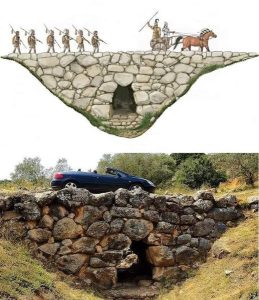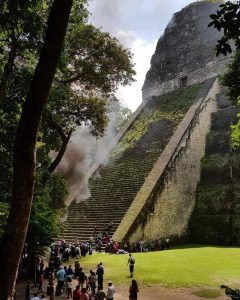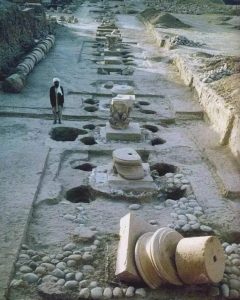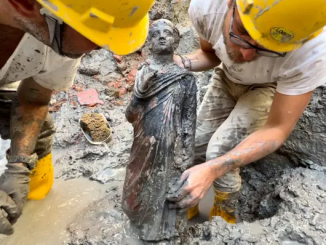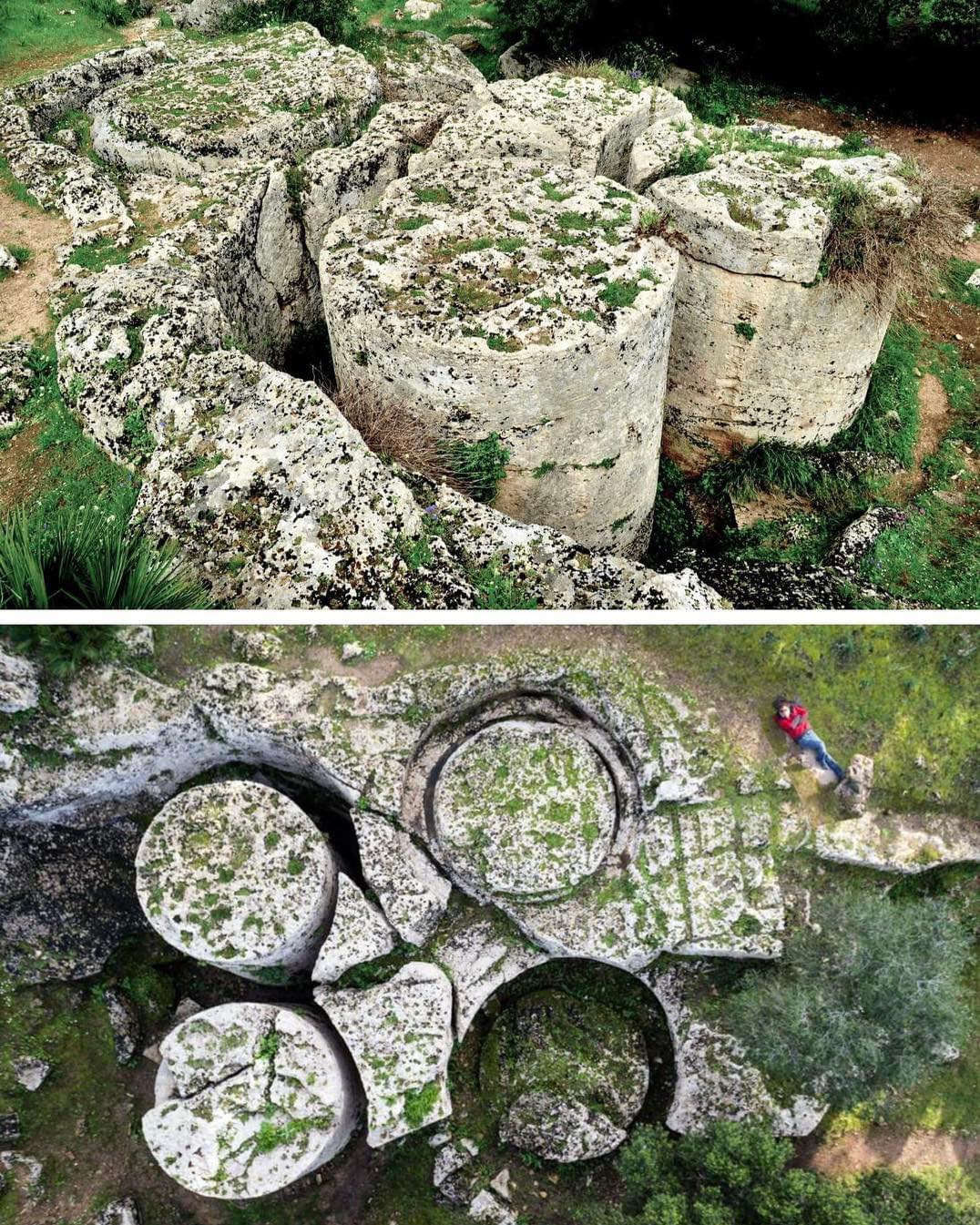
Nestled amidst the rugged landscape of Sicily, Italy, lies a hidden gem of archaeological significance: Cave di Cusa. This ancient stone quarry, dating back to the 6th century BC, served as the primary source of stone for the construction of the magnificent temples in the nearby Greek city of Selinunte. With its rich history and fascinating remains, Cave di Cusa offers a glimpse into the ancient past, shedding light on the remarkable architectural achievements of the civilizations that once thrived in this region.
Exploring the History and Legacy of Cave di Cusa
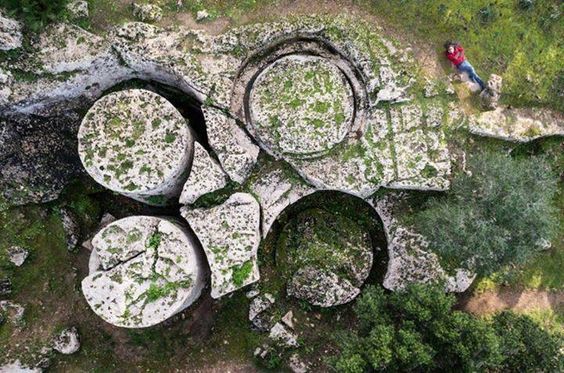
Cave di Cusa holds a pivotal place in the history of ancient Sicily. For centuries, this quarry was a bustling hub of activity, as skilled craftsmen meticulously extracted limestone blocks from its rugged cliffs to be transported to Selinunte for the construction of its grand temples. The quarry’s strategic location near the coast allowed for easy transportation of the massive stone blocks, which were used to create some of the most iconic structures of the ancient world.
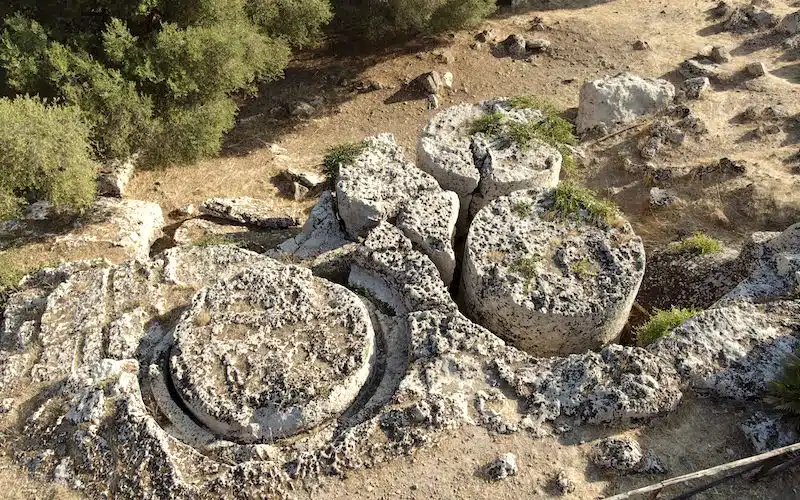
The operation of Cave di Cusa reached its peak during the height of Selinunte’s prosperity in the 5th century BC. However, this period of prosperity was short-lived, as the city fell into decline following a series of conflicts with neighboring powers. In 409 BC, Selinunte was besieged and captured by the Carthaginians, leading to the abandonment of Cave di Cusa and the cessation of quarrying activities. The site lay dormant for centuries, its once-bustling quarries now silent reminders of a bygone era.
Despite its abandonment, Cave di Cusa remained remarkably well-preserved, offering archaeologists valuable insights into ancient quarrying techniques and the construction methods employed by the Greeks. Excavations at the site have unearthed a wealth of artifacts, including tools, inscriptions, and architectural fragments, providing clues to the quarrying process and the lives of the workers who toiled here centuries ago.
Conclusion: Preserving the Legacy of Cave di Cusa
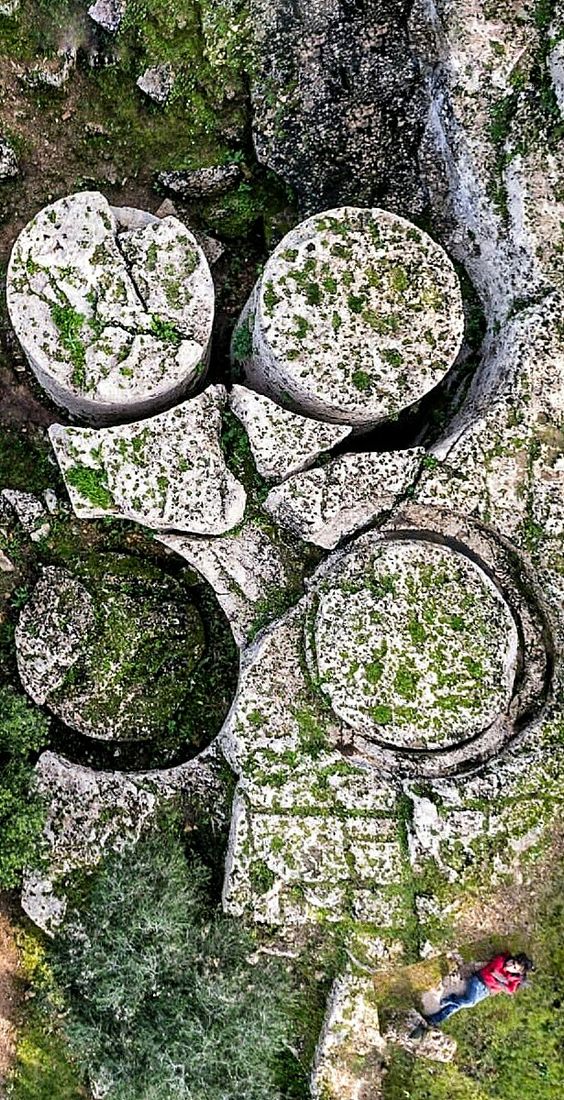
In conclusion, Cave di Cusa stands as a testament to the ingenuity and craftsmanship of the ancient civilizations that once flourished in Sicily. From its humble beginnings as a stone quarry to its role in the construction of Selinunte’s magnificent temples, this site offers a window into the past, allowing us to explore the intricacies of ancient quarrying practices and architectural achievements. As we continue to uncover the secrets of Cave di Cusa through ongoing archaeological research, we gain a deeper understanding of the rich history and cultural heritage of this remarkable region. Through preservation efforts and continued study, we can ensure that the legacy of Cave di Cusa remains alive for future generations to appreciate and admire.



